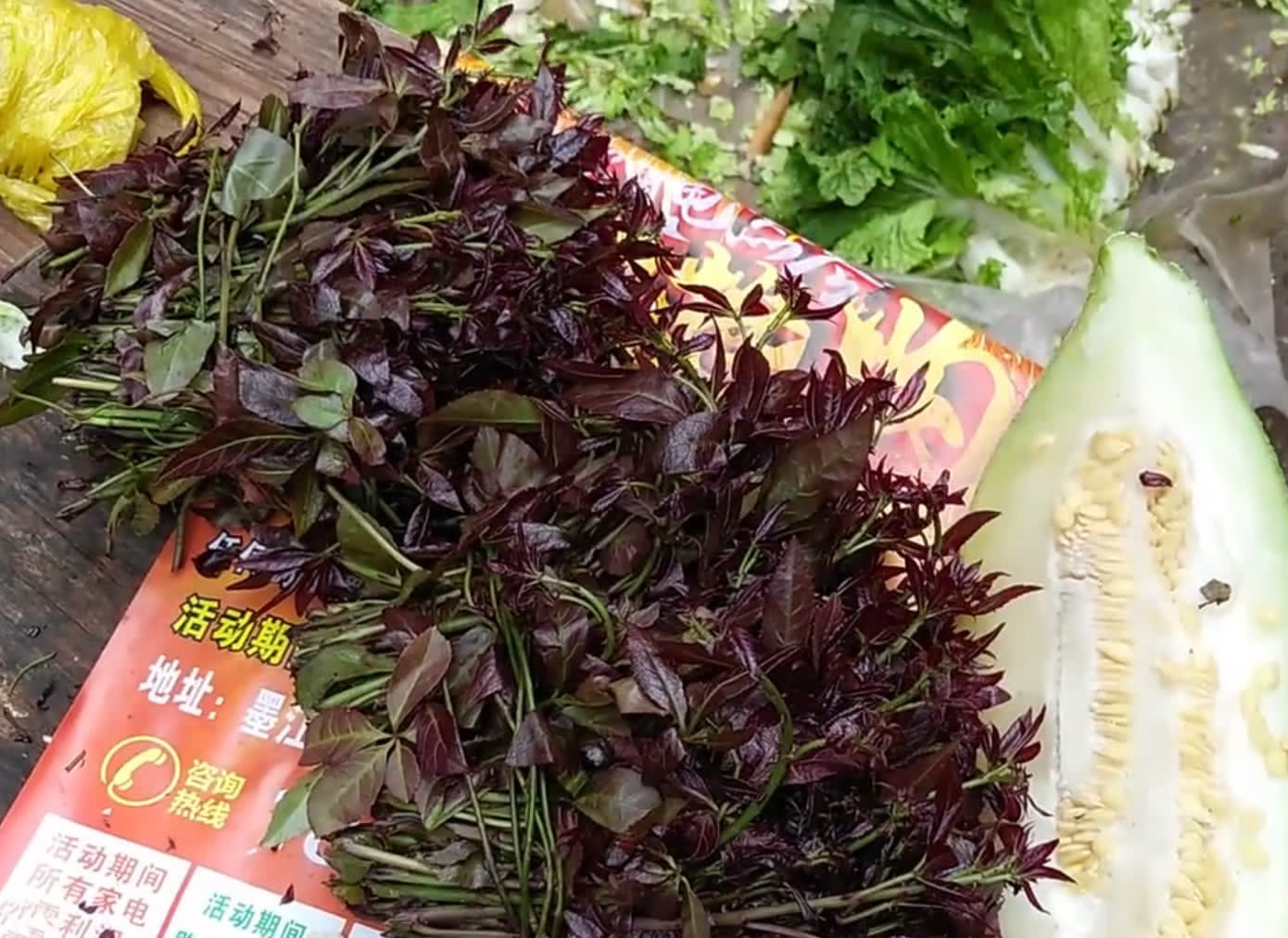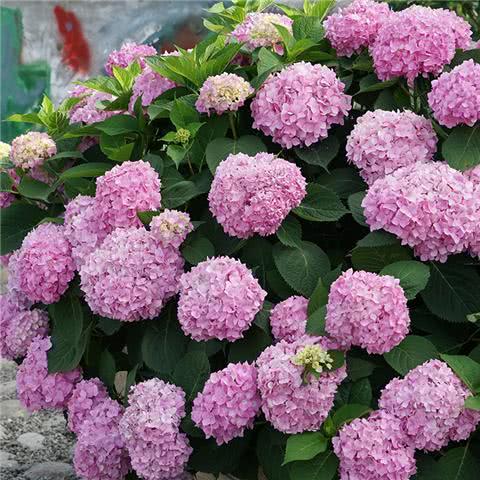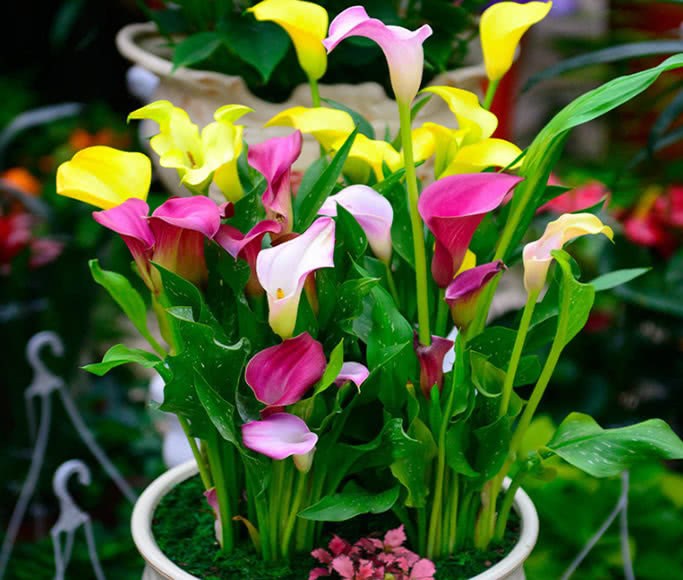This wild vegetable sells for 10 yuan a handful and is nutritious and similar to ginseng is a good medicine for dispelling rheumatism.

This kind of wild vegetable may not be recognized by many people. it is a kind of wild vegetable called Tiger scrawled, with the scientific name Acanthopanax senticosus, and a handful of 10 yuan on the roadside, but it is a kind of wild vegetable with rich nutrition and a wide range of uses.
In the countryside, there is also a very magical saying about Acanthopanax senticosus. It is said that its Acanthopanax senticosus skin has a saying that "yang makes yin, yin makes yang", but it adds to its mystery.
Acanthopanax senticosus is a relative plant of Panax ginseng, which has been systematically studied abroad, and it is proved that Acanthopanax senticosus and ginseng have similar pharmacological effects and clinical effects.
Acanthopanax senticosus contains vitamins such as vitamin A, B1, B2 and C, as well as more than 10 kinds of mineral ingredients and rich glucose and carotene, in order to enhance the immunity of our body. Acanthopanax senticosus skin sparkling wine, as well as the effect of strengthening muscles and bones, is a good medicine for dispelling rheumatism.
In fact, Acanthopanax senticosus belongs to a kind of traditional Chinese medicine, Tongjin is also edible, is a kind of vegetable with the same origin of medicine and food. Usually we eat Acanthopanax senticosus in many ways, such as fried meat, cold salad, stew and so on, which can enhance the physique and prevent disease.
Acanthopanax senticosus, which used to be all wild, is now planted more artificially, and it has very good economic value. Its habit is to like warm and humid climate, cold-resistant, shade-resistant, it is appropriate to choose slightly acidic fertile sandy loam.
The propagation of Acanthopanax senticosus can choose the method of cutting in spring. generally, 2-year-old branches are selected and cut into cuttings 15 cm long, with 3-5 buds obliquely inserted into the soil, the temperature is kept at about 25 degrees and a certain humidity is maintained. It will soon take root.
Acanthopanax senticosus generally begins to sprout from late April to early May and can be picked when the tender stem grows to 15 cm. If only young leaves are picked, they can be picked from late April to early September. Now you can plant it directly into the flowerpot, and the potted plant can be eaten and picked at home, which is also very convenient.
- Prev

In autumn, the hydrangea cut into a big bouquet.
Hydrangea is rich in design and color, watching extremely strong, beautiful flowers, appreciate its beautiful mood is also very good. The hydrangea needs to be pruned after its flowering, which is ready for the next flowering. Let's take a look! Hydrangea.
- Next

The more often the flowers are watered, the better they grow. This flower can be watered freely and will not be afraid of rotting roots and raising dead flowers.
I have a friend who likes to grow flowers. He is a very diligent person, because he can't stop growing flowers. From time to time, he waters the potted plants at home. Many of his potted plants die because of stagnant water and rotten roots, which is a pity.
Related
- Wuhan Hospital Iron Tree Blooming Result Was Instantly Frightened by the Gardener Master
- Which variety of camellia is the most fragrant and best? Which one do you like best?
- What is the small blue coat, the breeding methods and matters needing attention of the succulent plant
- Dormancy time and maintenance management of succulent plants during dormancy
- Minas succulent how to raise, Minas succulent plant pictures
- What are the varieties of winter succulent plants
- How to raise succulent plants in twelve rolls? let's take a look at some experience of breeding twelve rolls.
- Attention should be paid to water control for succulent plants during dormant period (winter and summer)
- Watering experience of twelve rolls of succulent plants
- Techniques for fertilizing succulent plants. An article will let you know how to fertilize succulent plants.

